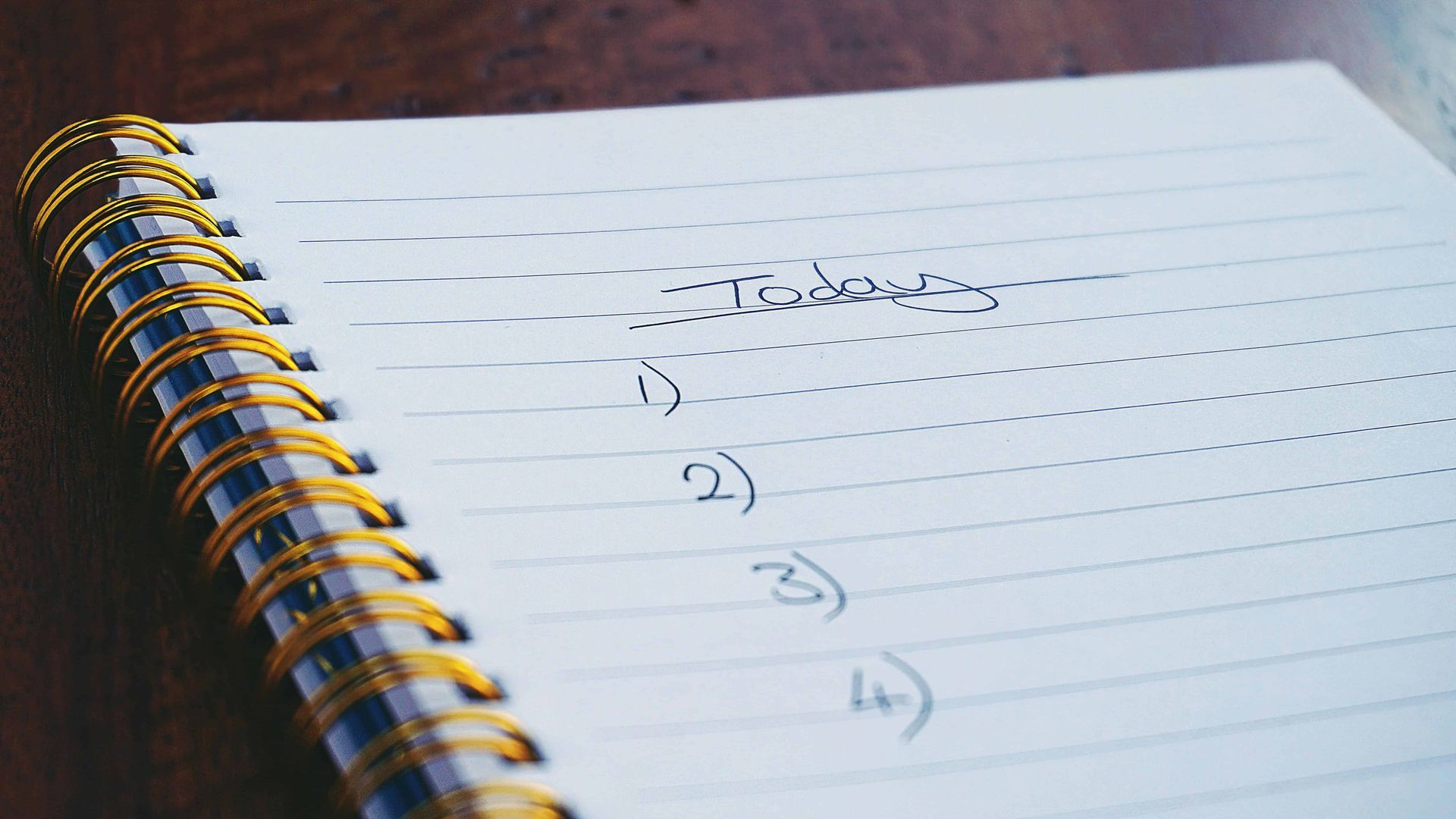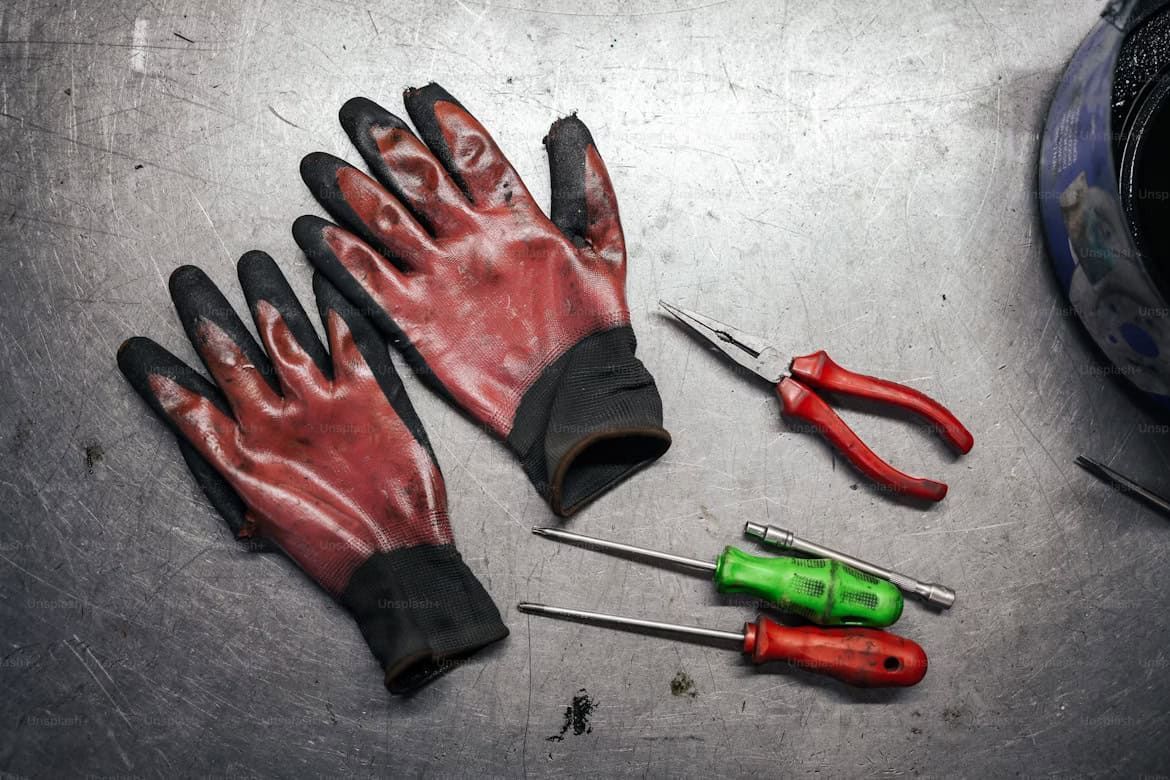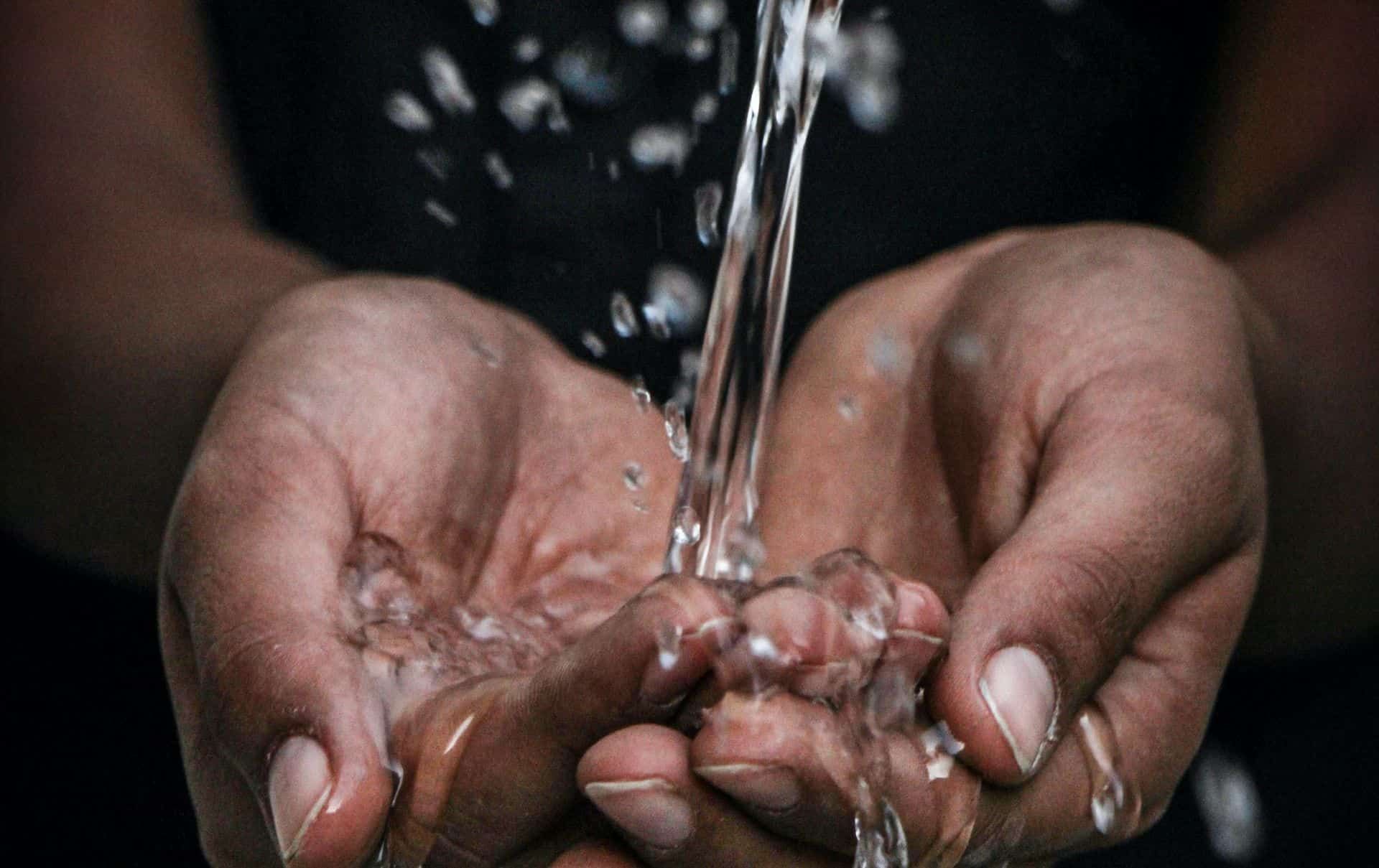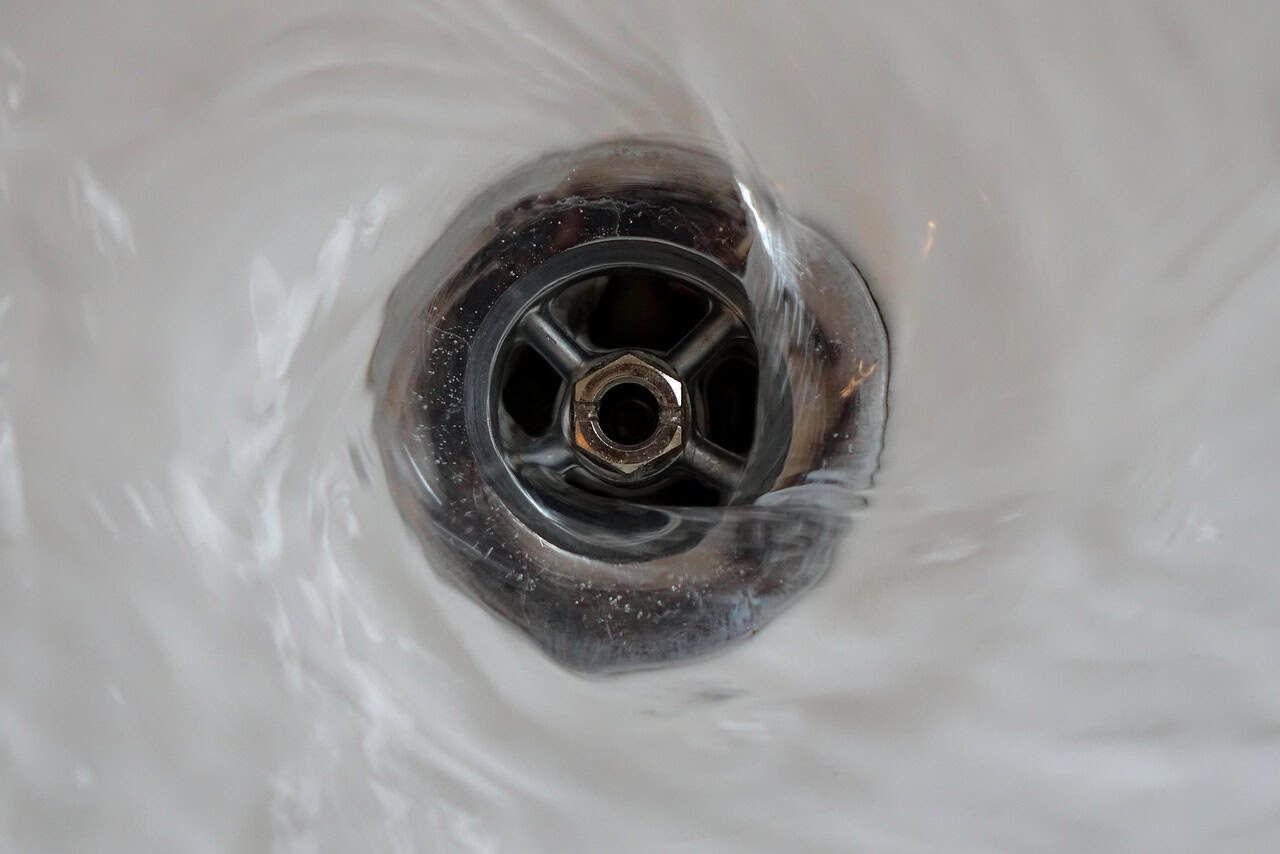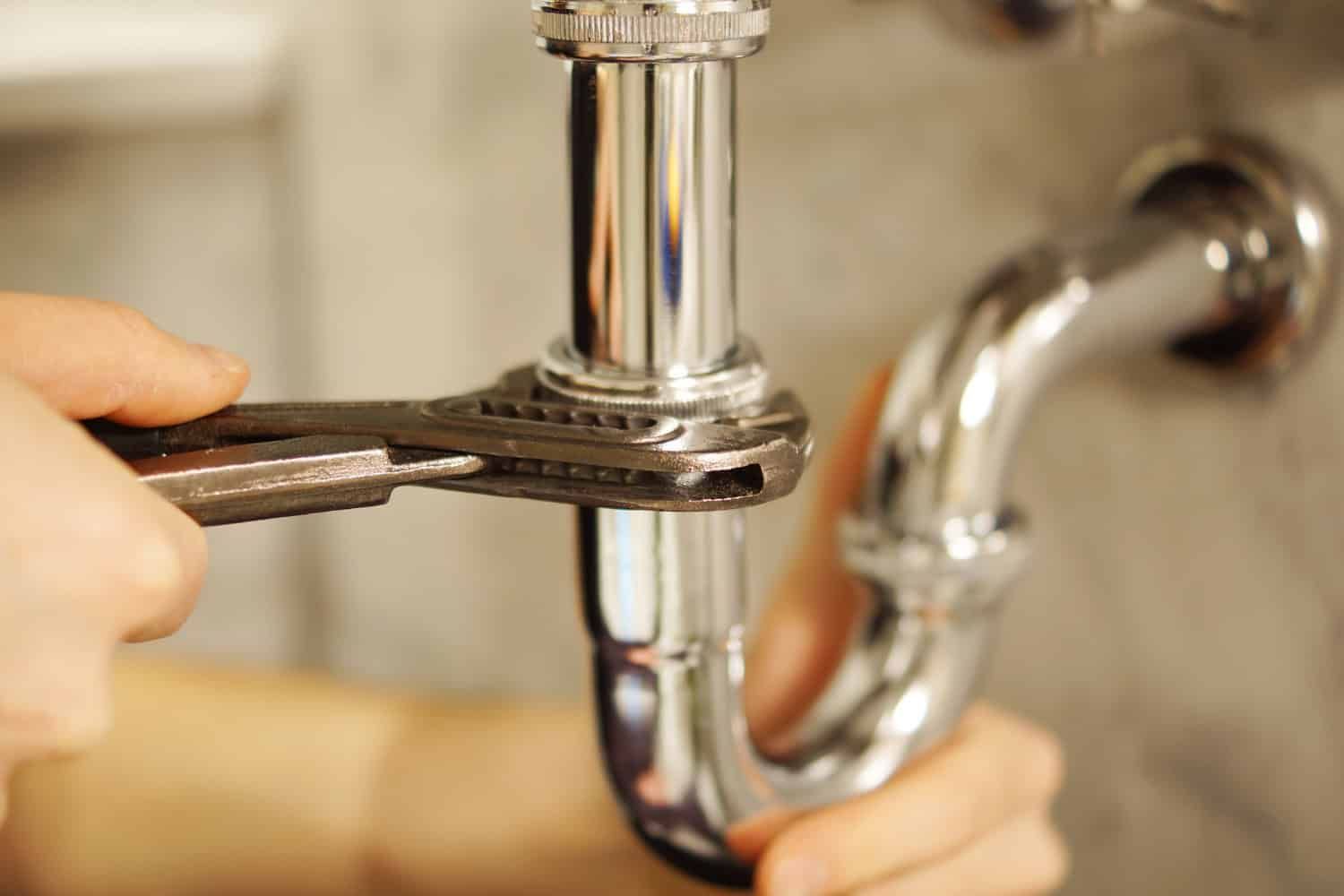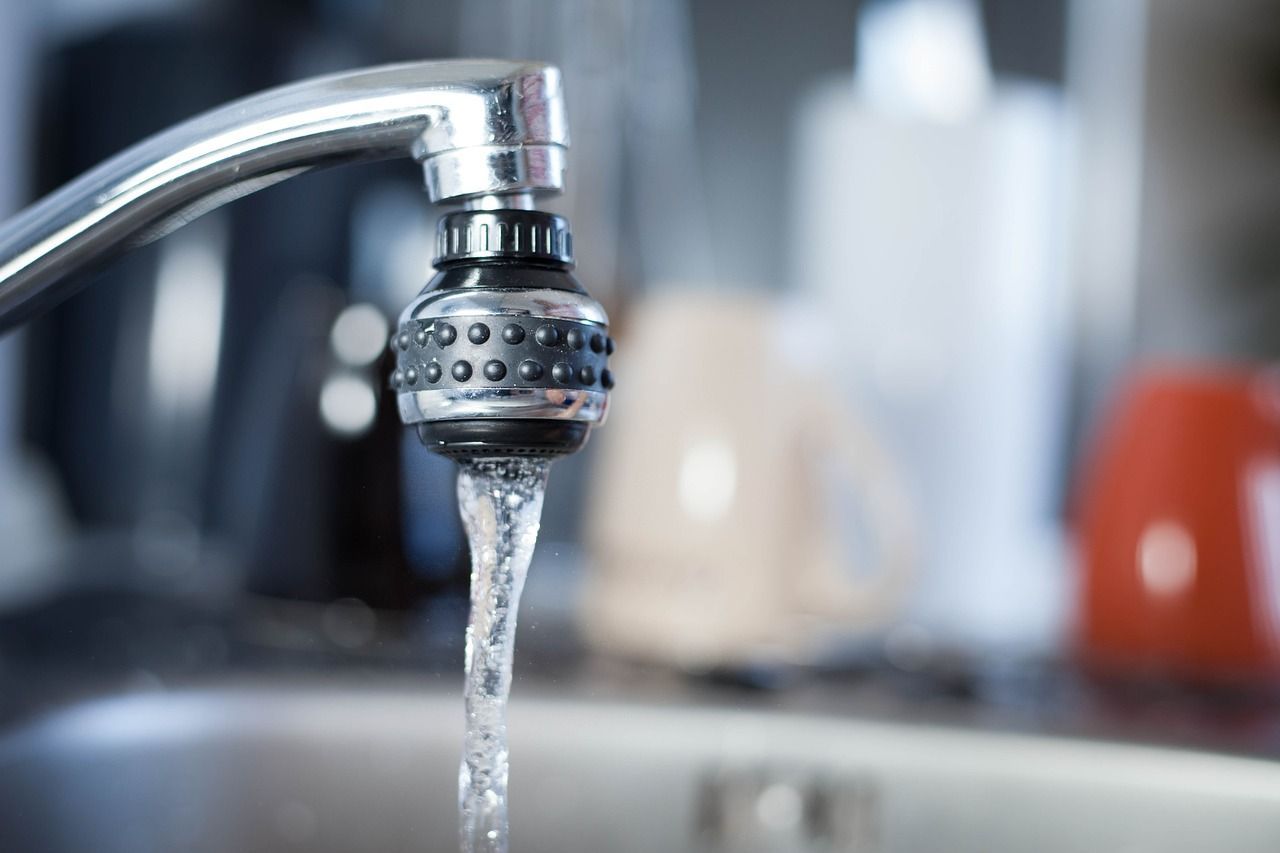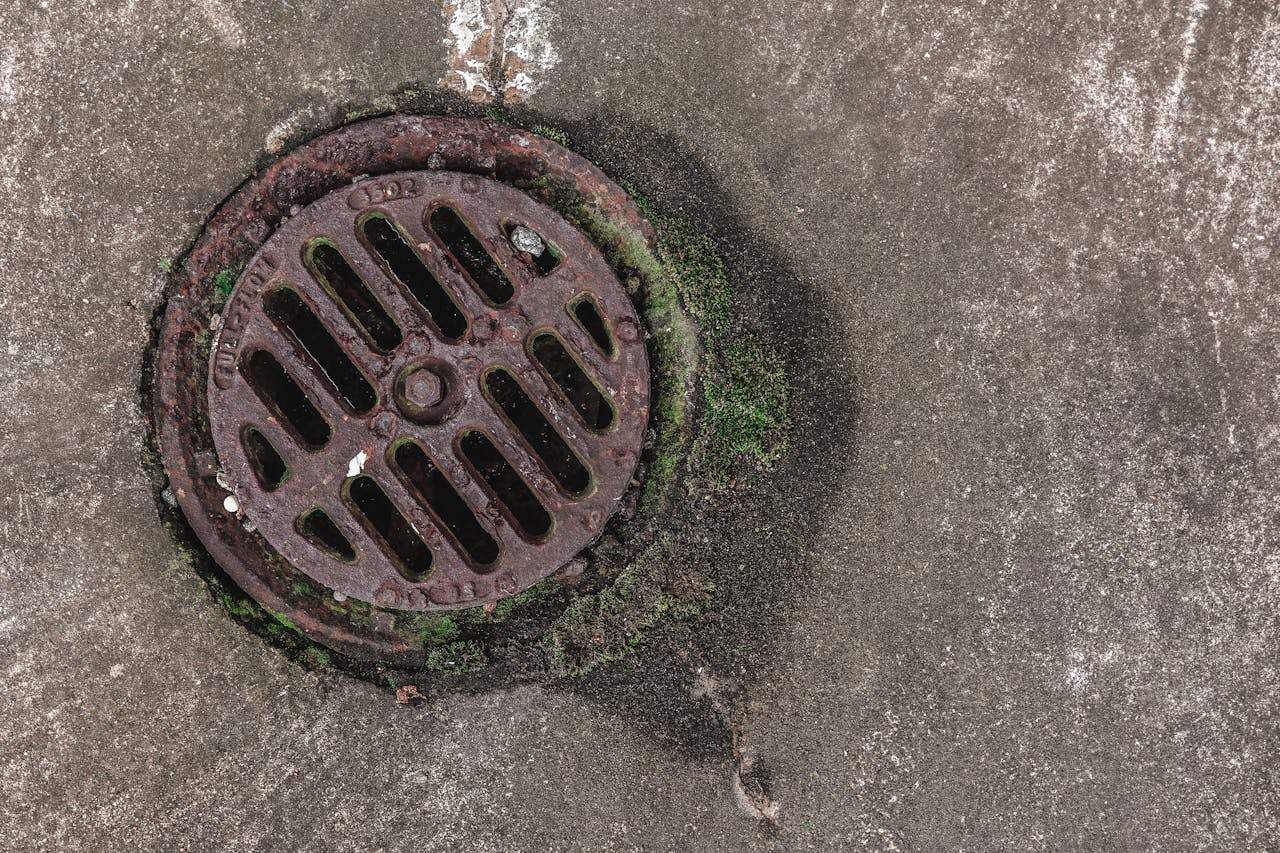How to clear blocked toilet drains?
Are you dealing with overflowing water coming out of your toilet? Gurgling sounds or unpleasant smells? Is water not flushing properly or slow draining? Those are the clear signs of a blocked toilet. Whatever or however it happened, blocked or clogged toilets are a big inconvenience for homeowners. It's messy and smelly and causes unnecessary stress, especially when it happens at the worst possible time. In that case, you’re better off calling an emergency plumber to help you solve the problem quickly and easily.
But if you have time and the right supplies and materials to help you, you might as well do the work. So bring out your rubber gloves and get ready to get down and dirty.
Causes of toilet block
Before we get down to the business, it’s also important to identify the common causes of a toilet block. Knowing this can help you take preventive measures to avoid this problem in the future.
A blocked toilet happens when a blockage in the pipes prevents the water from draining properly. Most of the time, the cause of blockage is not what you would expect to be the problem, but here are some of the common causes of a clogged toilet:
- Too much toilet paper
- Sanitary napkins or feminine hygiene products
- Facial tissues
- Paper towels
- Cotton swabs
- Any type of wipes–yes, even the flushable ones
- Dental floss
- Diapers
- Cat litter
- Accidentally flushing items like toys, keys, coins, jewellery, etc.
How to Fix a Blocked Toilet? 8 Solutions to Solve Your Stinky Business
There are several ways you can fix an unblocked toilet. The good news is most materials you’ll need can easily be found in your home. But, before you unleash the arsenal, try to identify the cause of the blockage first. First, if you know it’s blocked, DO NOT repeatedly flush the toilet because it can overflow and leave you with more problems than when you first arrived.
If you can see the item blocking the toilet, just remove it by hand and with rubber gloves, of course. But if your situation is more complicated, here are some DIY solutions to unblock your toilet.
Plumber
This crisis calls for your trusty toilet plumber. Use the plumber to cover the hole at the bottom of the toilet bowl, making sure it’s submerged and covering the hole completely, then almost like giving a CPR press down firmly and softly. Do this repeatedly until you start seeing the water draining properly. For normal toilet bowls, a cup or flange plunger will suffice. But, with elongated or oddly shaped toilets, an accordion plunger might be more appropriate because it’s designed to fit in various shapes of toilet bowls.
Dishwashing liquid and hot water
You can use a dishwashing liquid or soap to lubricate your toilet and help the blockage slide down the pipe easily. Pour a decent amount of dishwashing liquid into your bowl and let it settle for a few minutes. Then, pour the hot water safely and forcefully into the toilet bowl (about a foot away from the bowl). Hopefully, that will push the blockage out of the way.
Toilet auger
In unfortunate circumstances where the obstruction is dislodged on the u-trap, using the above methods might not be enough. For that instance, you’ll need a toilet auger or a plumber drain snake. With the toilet auger, extend the crank handle to retract the coil from the shaft, then insert the coil head into the toilet bowl, making sure that it’s inserted well into the hole. Once ready, crank the handle to push the coil until it’s extended into the u-trap. Do this slowly and carefully to free up the blockage in the toilet and let the water drain properly. When the blockage is free, reverse the crank handle to retract the coil into the auger body, then flush the toilet. If you’re not satisfied, you can do it 2 to 3 times to make sure the toilet is completely clear.
DIY drain snake with a coat hanger
Don’t have a toilet auger or plumber? Try using a coat hanger. Straighten the coat hanger as much as you can while leaving the hook on. Using the base as a handle, push the hook into the drain hole and push or fish for any object with the hook that’s blocking the toilet. This only works if the blockage is between 5 and 10 cm in the drain.
Enzyme-based cleaners
If you suspect organic matter is the culprit behind your blocked toilet, enzyme-based cleaners are the best solution. Enzyme-based cleaners will break down any organic matter stuck in your toilet drain and it is easy to find in several stores like Bunnings. To use, pour the recommended amount of the enzyme-based cleaner into the drain and let it sit for a while. After some time, use hot water to flush down the drain, removing any organic matter debris in the process.
Baking soda and vinegar
Don’t have an enzyme-based cleaner in hand? You can make your own homemade solution at home with just baking soda and vinegar! Pour equal parts baking soda, vinegar, and hot water into a bucket, and once it starts bubbling or fizzing, pour the solution into the blocked toilet drain. This solution will also help break down solid matter stuck to your drain.
Call a professional!
Are none of these solutions working for you? There’s no need to panic! Call a professional blocked toilet plumber, and they will do the plumbing for you. Jet Blaster Man offers a 24-hour emergency plumber blocked toilet service for urgent plumbing situations in Newcastle. Contact our team now for any plumbing issues at your home.

